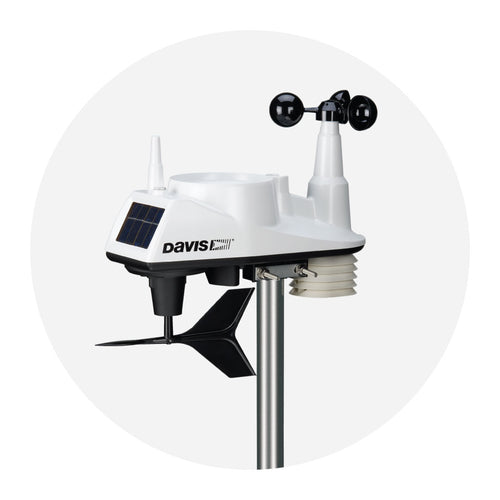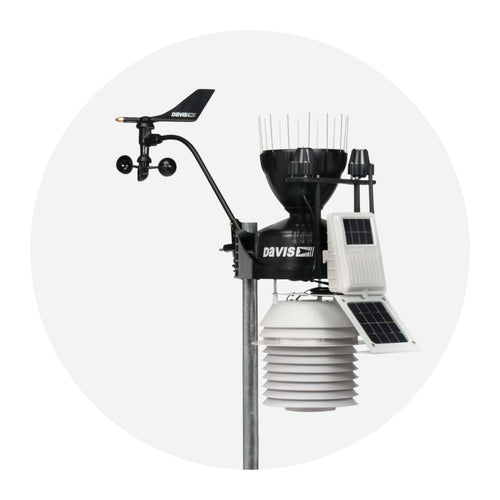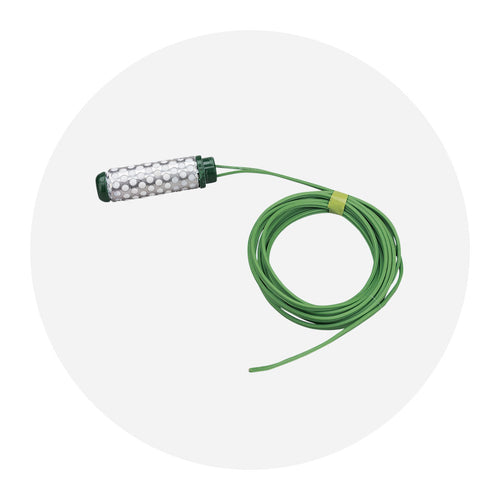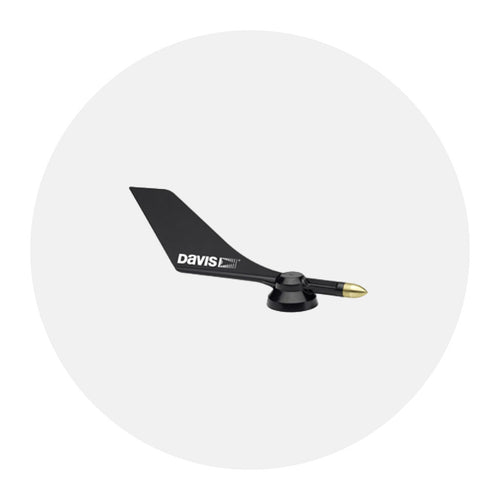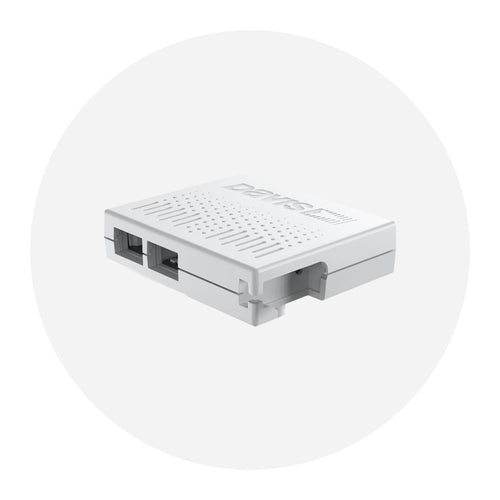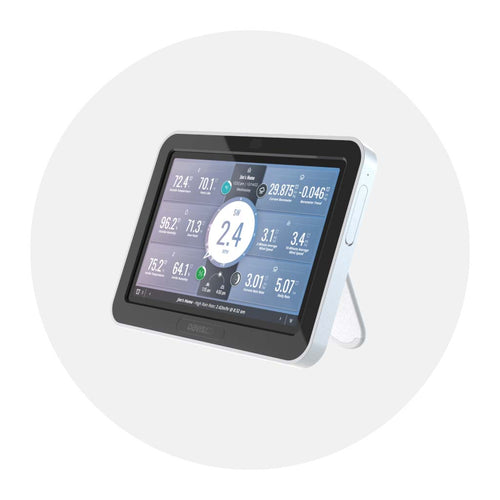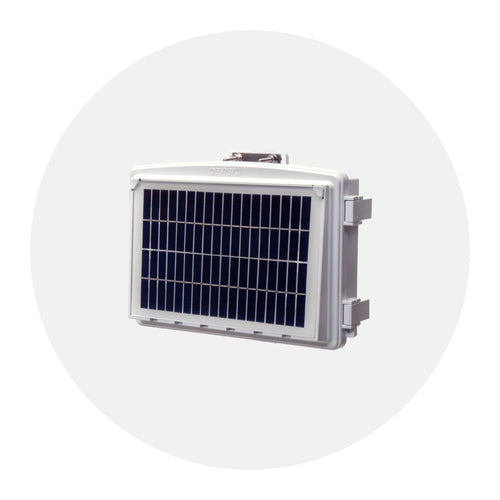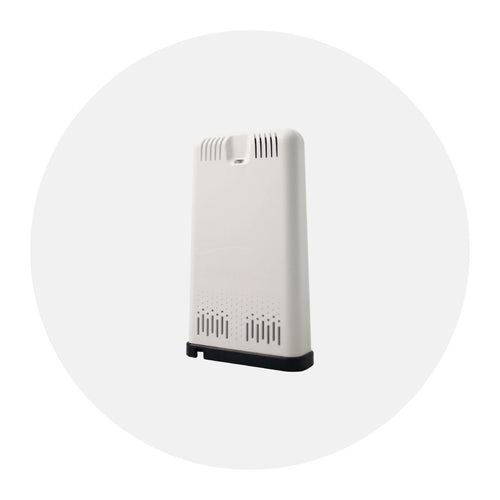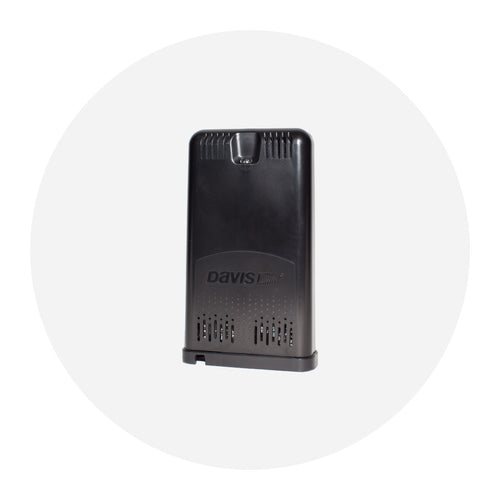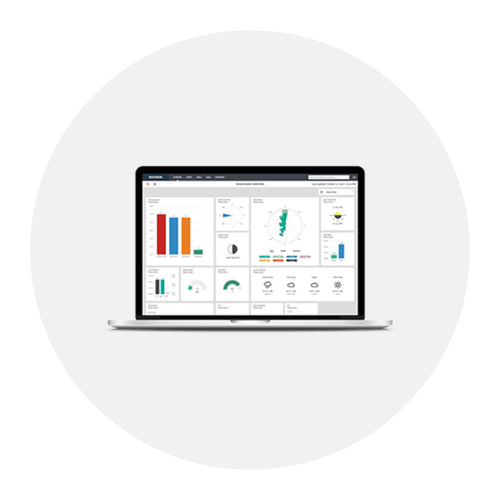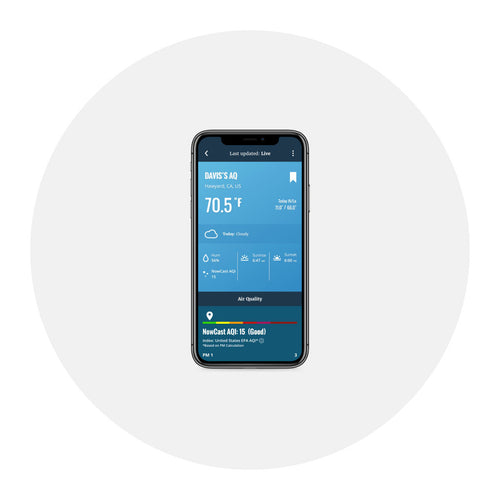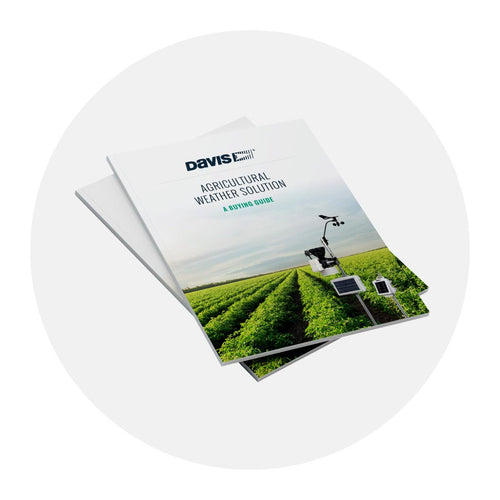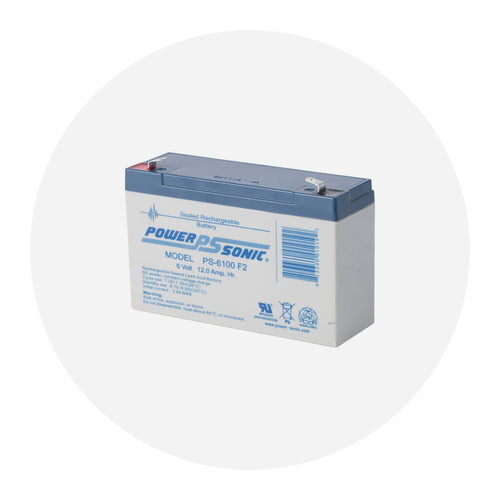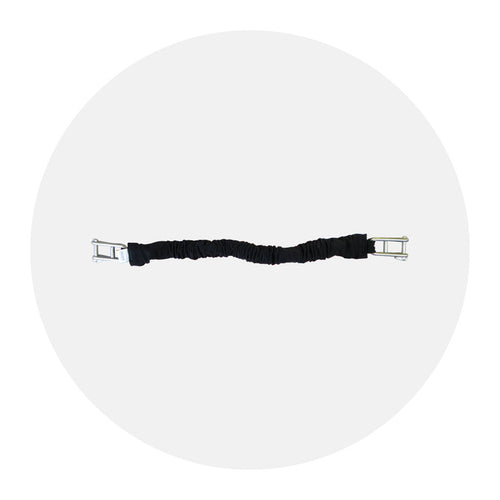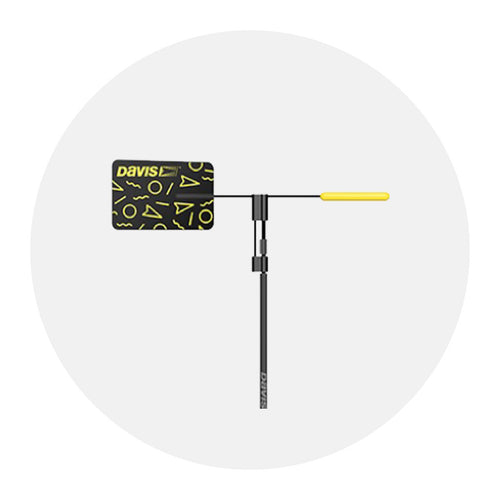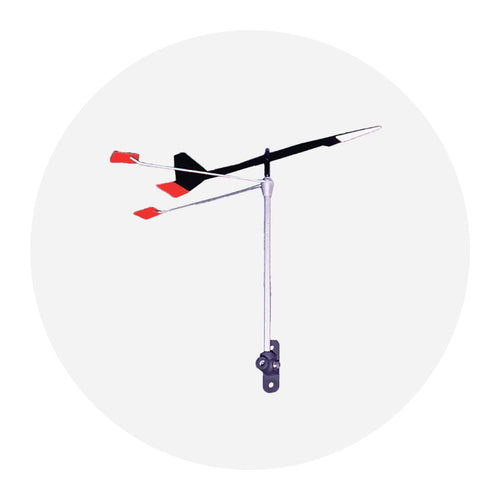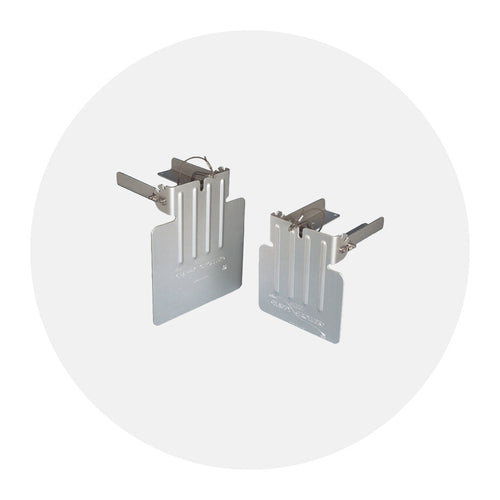The direction of the apparent wind in sailing refers to the perceived direction from which the wind appears to be coming when the sailboat is in motion. It is influenced by the combination of the true wind and the boat's own speed and direction. Unlike the true wind, which is the actual direction the wind is blowing relative to the Earth's surface, the apparent wind is experienced by the crew on the boat.
The apparent wind direction is typically slightly forward of the true wind direction when sailing upwind or close-hauled. This means that the wind seems to be coming more from the front of the boat. As the boat sails downwind or with the wind behind it, the apparent wind shifts more to the aft or rear of the boat.
The apparent wind speed is also affected by the boat's movement. When sailing upwind, the apparent wind speed is higher than the true wind speed due to the combination of the true wind and the boat's forward motion. Conversely, when sailing downwind, the apparent wind speed is lower than the true wind speed.
How is the direction of apparent wind determined?
Sailors can make several observations to assess the direction of apparent wind:
-
Sail Angle: The angle of the sails relative to the boat's heading can provide a general indication of the apparent wind direction. If the sails are trimmed in close to the centerline of the boat, it suggests that the apparent wind is coming from a more forward direction. Conversely, if the sails are eased out, it indicates that the apparent wind is coming more from the aft or rear of the boat.
-
Sail Telltales: Telltales, such as Davis Instruments' Air-Flow Tels are small pieces of fabric or yarn attached to the sails. They respond to the flow of air over the sail surface and provide visual cues about the direction of the wind. By observing the behavior of the telltales, such as their streaming direction or fluttering, the crew can assess the airflow around the sails and make adjustments for optimal performance.
-
Wind Indicators: Wind indicators, such as wind vanes or wind telltales, are attached to the boat's rigging or sails. They move in response to the wind's flow and provide immediate visual feedback about the apparent wind direction. By observing the orientation of the wind indicators, the crew can determine the direction from which the apparent wind is coming.
-
Sensory Perception: Experienced sailors develop a sense of the apparent wind direction based on their perception of the boat's motion, the pressure on the sails, and the sound of the wind. They can feel the changes in the wind's direction and intensity through their senses, allowing them to make adjustments and sail more effectively.
See also: sailboat tacking


